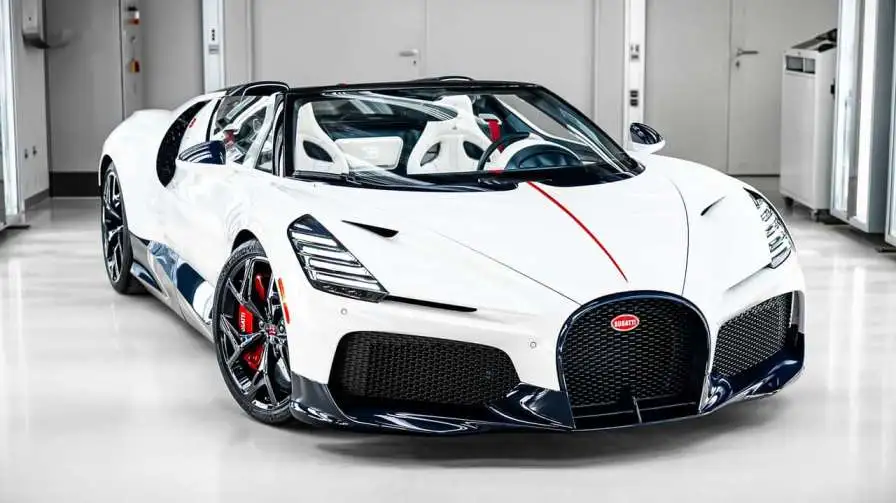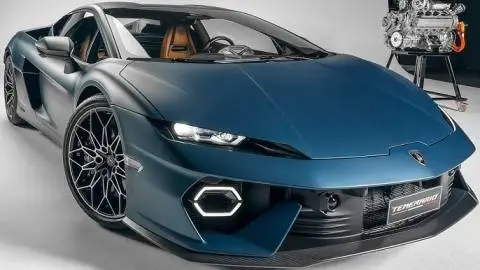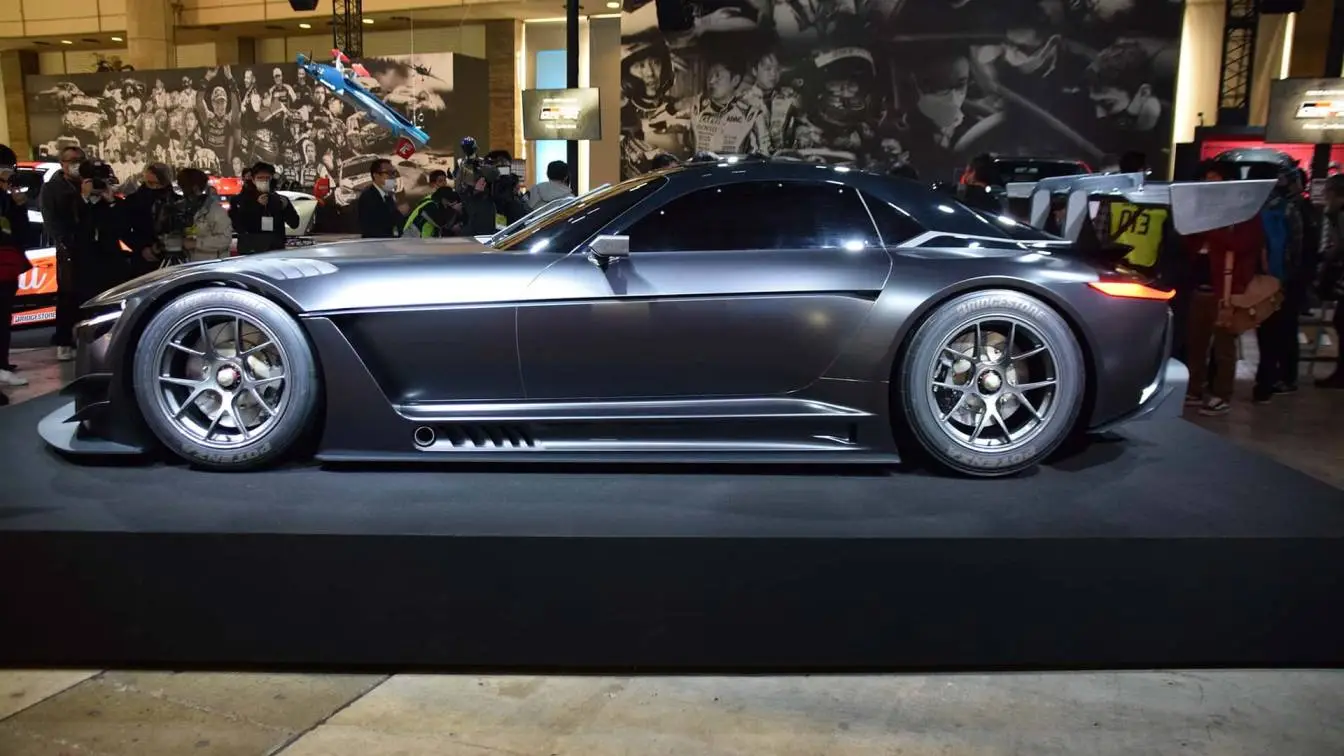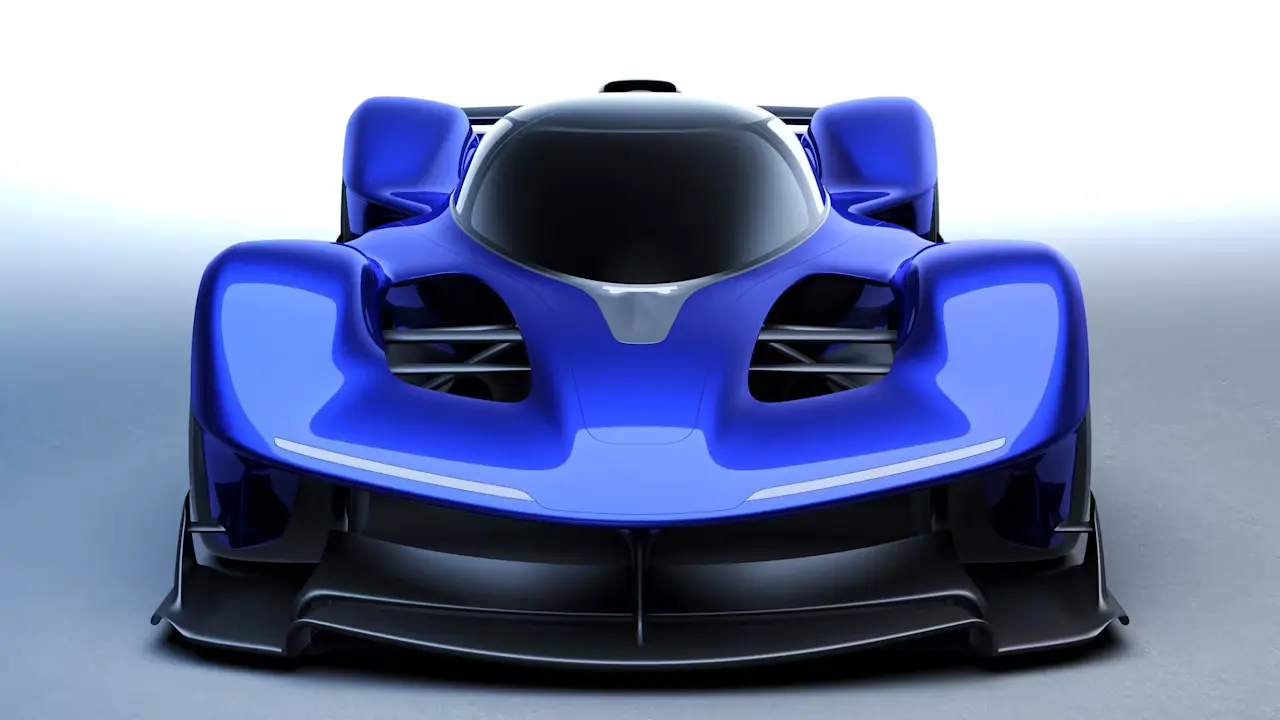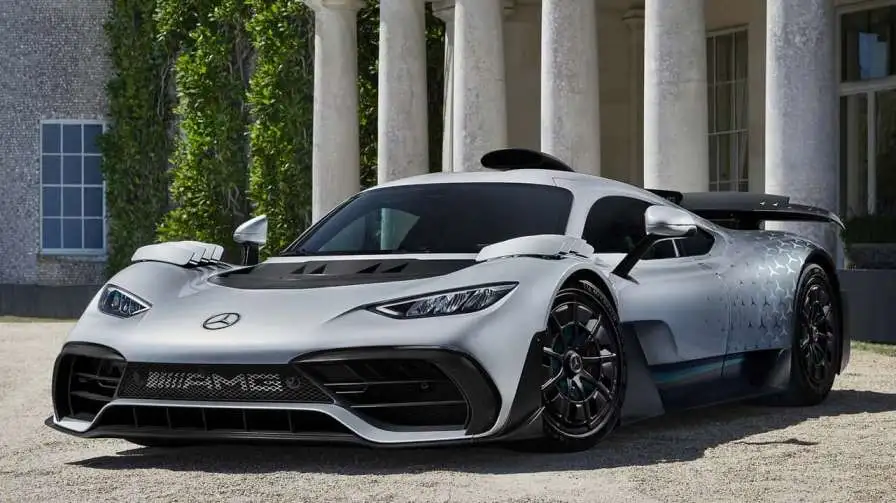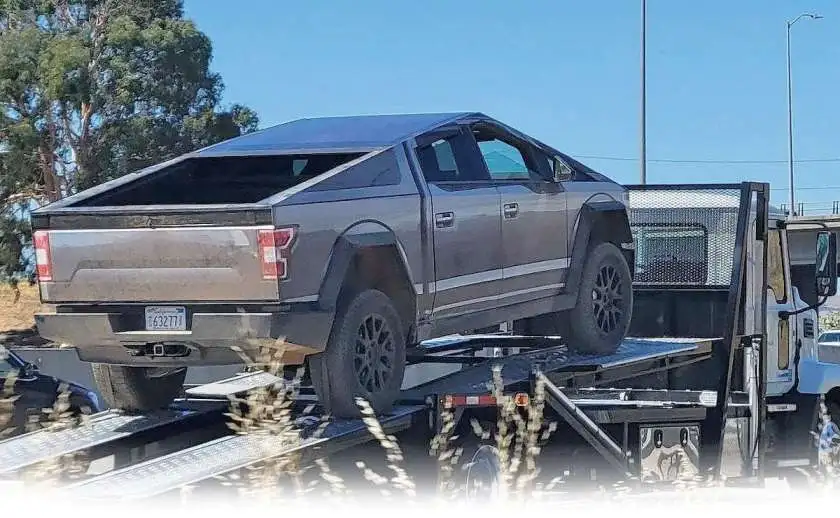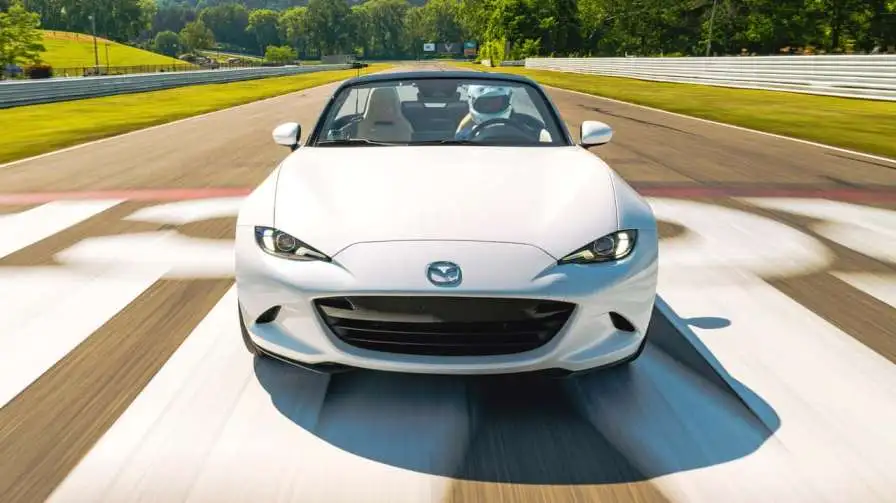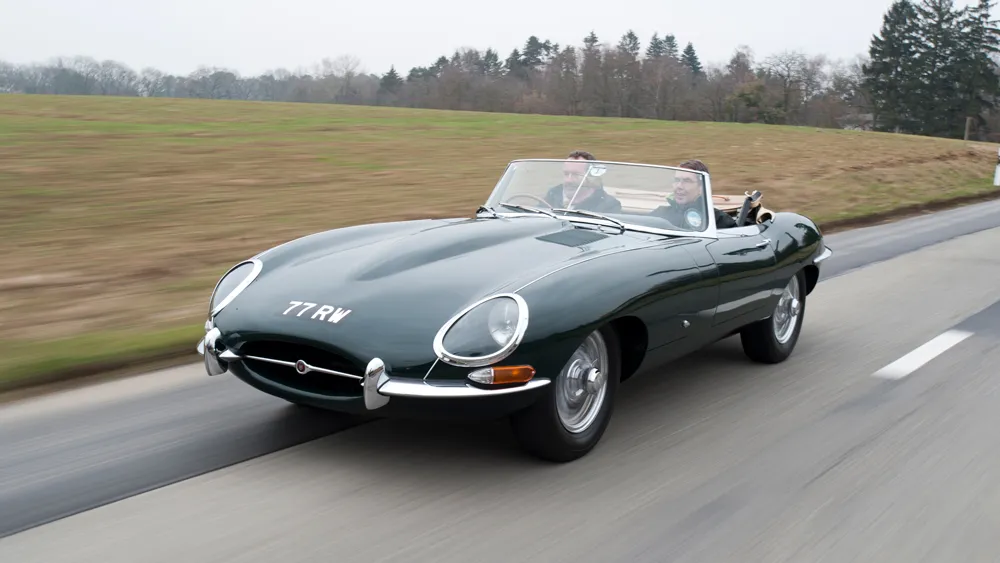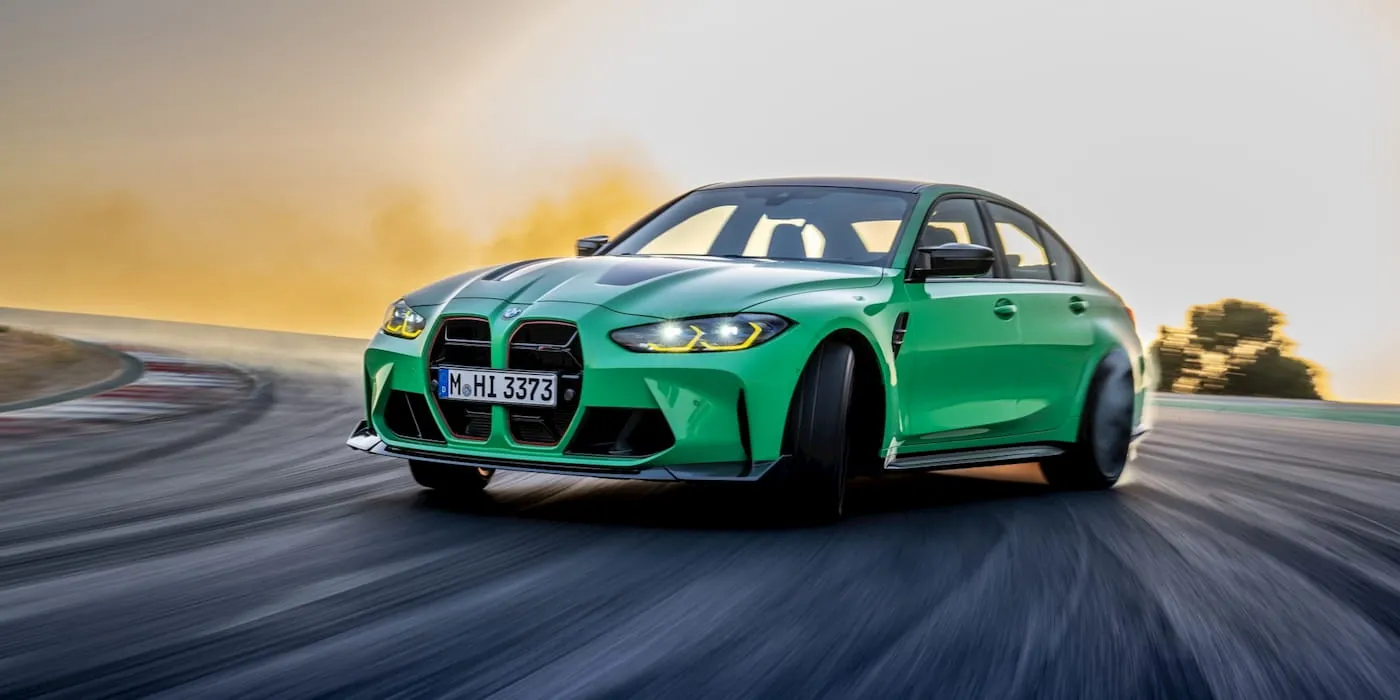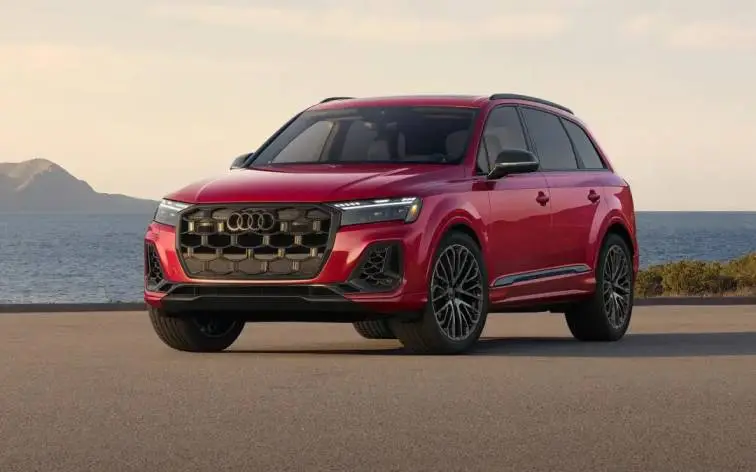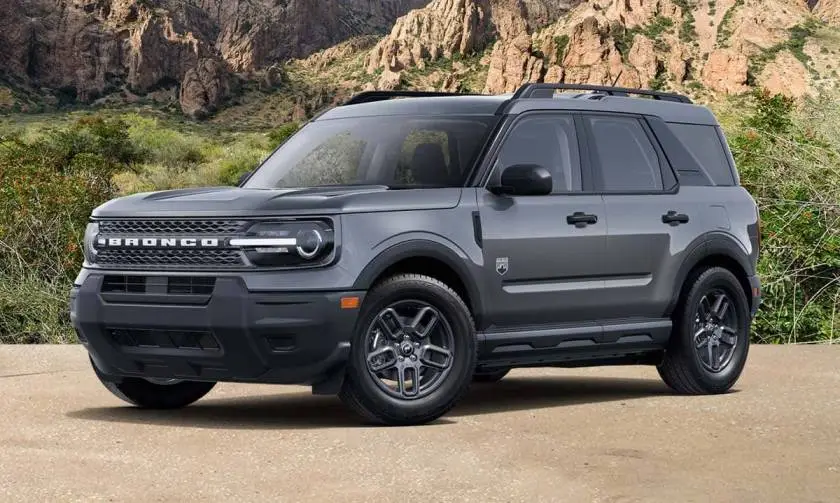Bugatti Signals the Beginning of the End for the W-16 Engine. The days of the W-16 are over. By installing a gigantic 8.0-liter engine in its record-breaking hypercar pair, the Veyron and Chiron.
Bugatti has given us twenty years of quad-turbo madness. Over decades, both have produced a number of adaptations, such as this Mistral built on Chiron. Unfortunately, the W-16 roadster is the last of its kind. Now that deliveries have begun, the first two vehicles are on their way to American buyers.
One of the US-bound vehicles is painted a dark Black Carbon, while the other has a White Glacier design with red and blue highlights. Because the black Mistral has Bugatti Light Blue Sport leather upholstery while the other car maintains the white interior, their cabins are likewise very different. Even the engine covers have been customized; the white car has full carbon fiber highlights with polished metal, while the black car has matte accents.
2026: What's New?
The Bugatti Tourbillon is brand-new for 2026 in every way, including the roofline and chassis. According to Bugatti, the Tourbillon differs from its predecessors in every way.
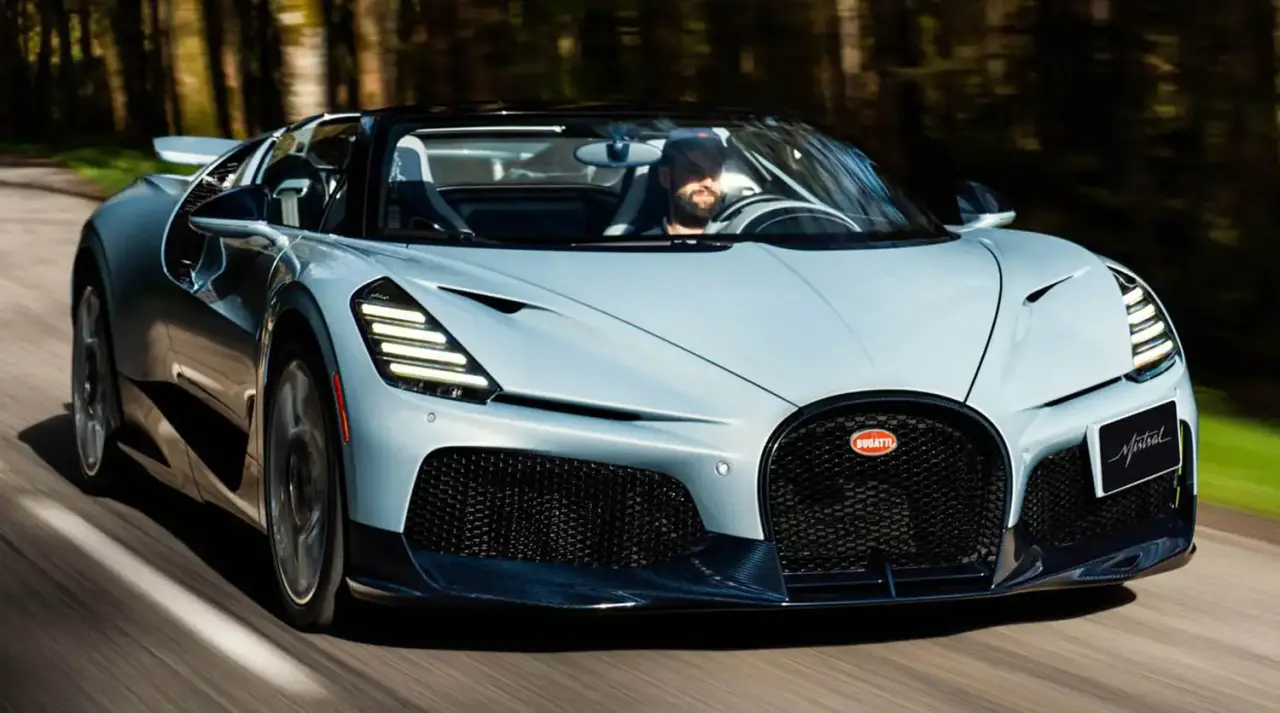
The Chiron's W-16 supercharged engine has been replaced by a hybrid powertrain that combines three electric motors and an 8.3-liter V-16 naturally aspirating engine. Fans of the brand will recognize the general bodylines, but each panel has been redesigned for a lower, slimmer appearance, with narrower cockpit and wider fenders.
Bugatti Signals the Beginning of the End for the W-16 Engine

Only 99 of the fastest roofless manufacturing cars, which can reach speeds of up to 282 mph (453.91 km/h), are being produced in the Molsheim, France, facility.
The Bolide, a track-only Chiron that was the most avant-garde Bugatti during the Volkswagen Group era, is the subject of the W-16 epilogue. The new Bugatti Rimac company will concentrate on the Tourbillon and its V-16 engine when the last Mistral is put together.
Read Also: Land Rover Classic Defender V8 by Works Bespoke
Despite maintaining the number of cylinders, the new hypercar forgoes the four turbochargers in favor of a naturally aspirated system that was co-developed with Cosworth. Since even Bugatti has to adhere to ever-tougher pollution standards, the Tourbillon is a hybrid with three electric motors. With the removal of forced induction, the new V-16 is far more rev-happy than the Chiron, screaming to 9,000 rpm.
The 8.3-liter V-16 is already proving to be a fine replacement for the W-16, which will surely be missed. Additionally, it could enable Bugatti to break through the 500 km/h barrier at last. That's 310 miles per hour. It will be much more exclusive for the newcomer. Although Bugatti produced 500 Chirons and 450 Veyrons, only 250 Tourbillons were produced. In 2026, deliveries begin.
The Bugatti Mistral: What Do You Want to Know?

Mate Rimac, the CEO of Bugatti-Rimac, revealed some initial information this week at the Future of the Car Summit in London. The 36-year-old Croatian engineer and businessman disclosed that the V-16 will not use turbocharging at all. It differs significantly from the Chiron, Veyron, and EB110 that came before it. Each of the three vehicles has a quad-turbo configuration.
Read Also: 2024 See Lexus Test Drive Its New High-Performance Coupe Cars
The new V-16 engine will be a massive 39.3 inches long, according to the founder and CEO of the Rimac Group, which owns 55% of Bugatti Rimac. It will be almost sixteen inches longer than the departing W-16 as a result. After the Mistral convertible and track-only Bolide are no longer being produced, the latter will be phased away. The hybridization of the recently designed engine has already been validated.
This is where the conjecture starts because these are all the details that have been confirmed thus far. According to the German publication Auto Motor und Sport, the V-16 was developed in collaboration with Cosworth and boasts a massive 8.3-liter displacement. With the help of three electric motors, it can reach 9,000 rpm. Together, they could produce 1,800 horsepower. The combustion engine is reportedly capable of producing about 1,000 horsepower on its own.
Understanding the Basics of Bugatti Signals the Beginning of the End
It is thought that the third generator of electricity powers the rear axle, while the other two drive the front wheels. The latter is purportedly integrated into an eight-speed autonomous dual-clutch transmission. The engine/gearbox combination is said to be 78.7 inches long when the DCT is taken into account. According to sources, Bugatti's engineers are jamming a 24.8-kWh battery with an electric range of 37 miles.
Related Article: Audi Q5 0-60 MPH: Performance, Speed, and Acceleration Breakdown
According to AMS, the replacement for the Bugatti Chiron will reach 62 mph in roughly two minutes and 124 mph in less than five. It will take fewer than 10 seconds to go from 0 to 186 mph, and less than 25 seconds to go from 0 to 249 mph. It will be electronically capped at 277 mph flat out.
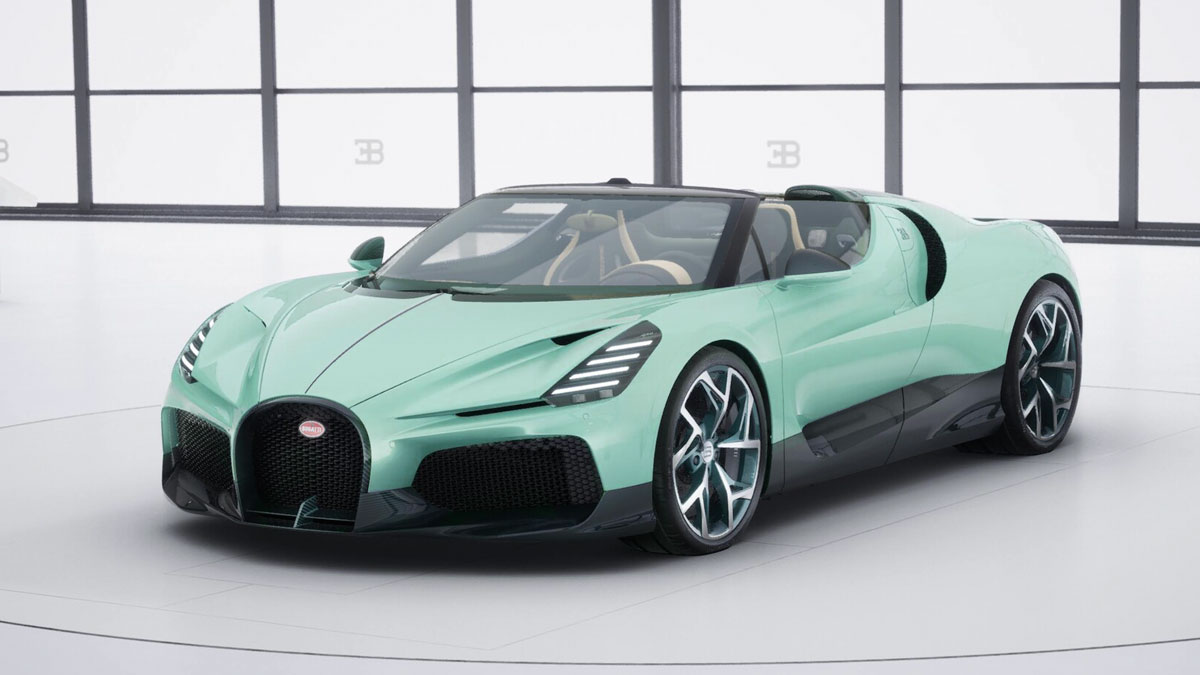
There will only be 250 automobiles produced if the report is correct. To refresh your memory, the Chiron is being manufactured in 500 pieces, whereas the Veyron was only produced in 450. Despite the fact that the announcement is scheduled for next month, it appears that customer deliveries won't begin until 2026. Cost? A minimum of €3.6 million, approximately $3.86 million in today's currency.
FAQ's- Bugatti Signals the Beginning of the End
What is the significance of 16 in Bugatti?
They depicted the vehicle as "the most established known hustling Bugatti and without a doubt a radiant illustration of an Edwardian dashing vehicle, having extraordinary execution, and is huge in that it was the individual contest vehicle of the extraordinary man himself.
How does the Bugatti engine work?
The motors utilized in Bugatti models have an uprooting of eight liters, as well as four camshafts and four turbochargers. Most superior execution models have only two turbochargers. Basically, the quad super W16 motor is a combination of two VR8 motors sharing a typical driving rod and working as one.
Why does a Bugatti have 2 keys?
You'll need to draw in Maximum velocity mode with the vehicle's authorization. In ordinary activity, the Bugatti Chiron is restricted to 236 mph. To set out toward its electronically-restricted 261-mph max, you'll have to enact Maximum velocity mode by embedding a second key into a space between the driver's seat and the entryway ledge.
Can you buy a second hand Bugatti?
As the UK's most recent BUGATTI showroom and one of just two in the Unified Realm, BUGATTI Manchester are glad to offer a custom tailored, customized administration, as you start your quest for a supported used BUGATTI Guaranteed vehicle.
How much is a oil change for a Bugatti?
Bugatti oil change costs for the most part range from $20,000 to $25,000. The selectiveness of a Bugatti, the work in question, and the nature of the materials utilized, add to the cost of an oil change. Obviously, these figures can differ in light of your model and different administrations you expect during the visit.

